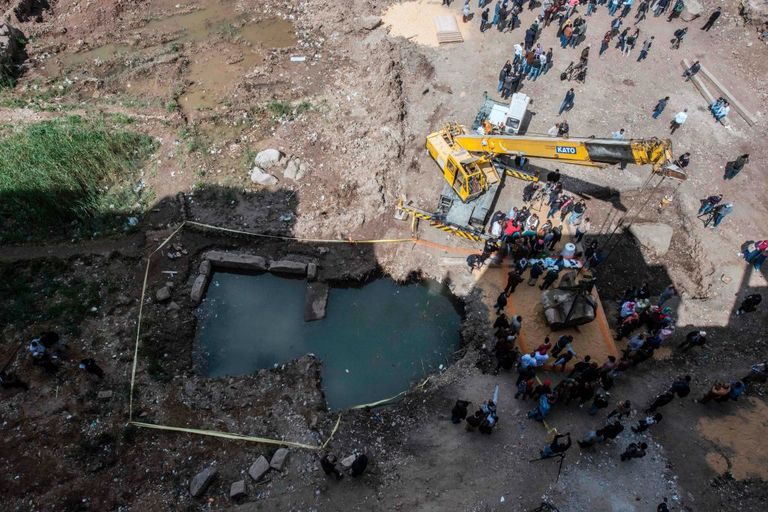Archaeologists Dug Up A 3,000-Year-Old Statue Hidden In The Mud Below Cairo
In a slum in eastern Cairo, a team of archaeologists are reaching the end of a four-year dig. Finally, they begin to sift through an unremarkable pit filled with groundwater. And while they’re not expecting to find anything important, suddenly they strike gold – a treasure that’s been buried for three millennia.
A fallen metropolis
Back in 2012, German and Egyptian archaeologists arrived in Matariya, a district of Egypt’s capital, Cairo. Historically, the area had been the site of Heliopolis, one of ancient Egypt’s major cities. Today, however, it is an impoverished neighborhood of the country’s bustling capital.
The sun god
According to the University of Leipzig’s Dietrich Raue, who led the German part of the excavation, Matariya is of particular archaeological interest. Apparently, the ancient Egyptians believed that Heliopolis was the home of the sun god. Accordingly, many important buildings were constructed there.
Origin of the world
“The sun god created the world in Heliopolis, in Matariya,” Raue said in a March 2017 interview with Reuters. “That’s what I always tell the people here when they say is there anything important. According to the pharaonic belief, the world was created in Matariya.”
Digging deep
Over the course of the excavations, the team systematically excavated the area around Matariya in search of ancient remains. And eventually, they came to a pit surrounded by abandoned construction sites. Filled with murky groundwater, it didn’t look promising initially.

